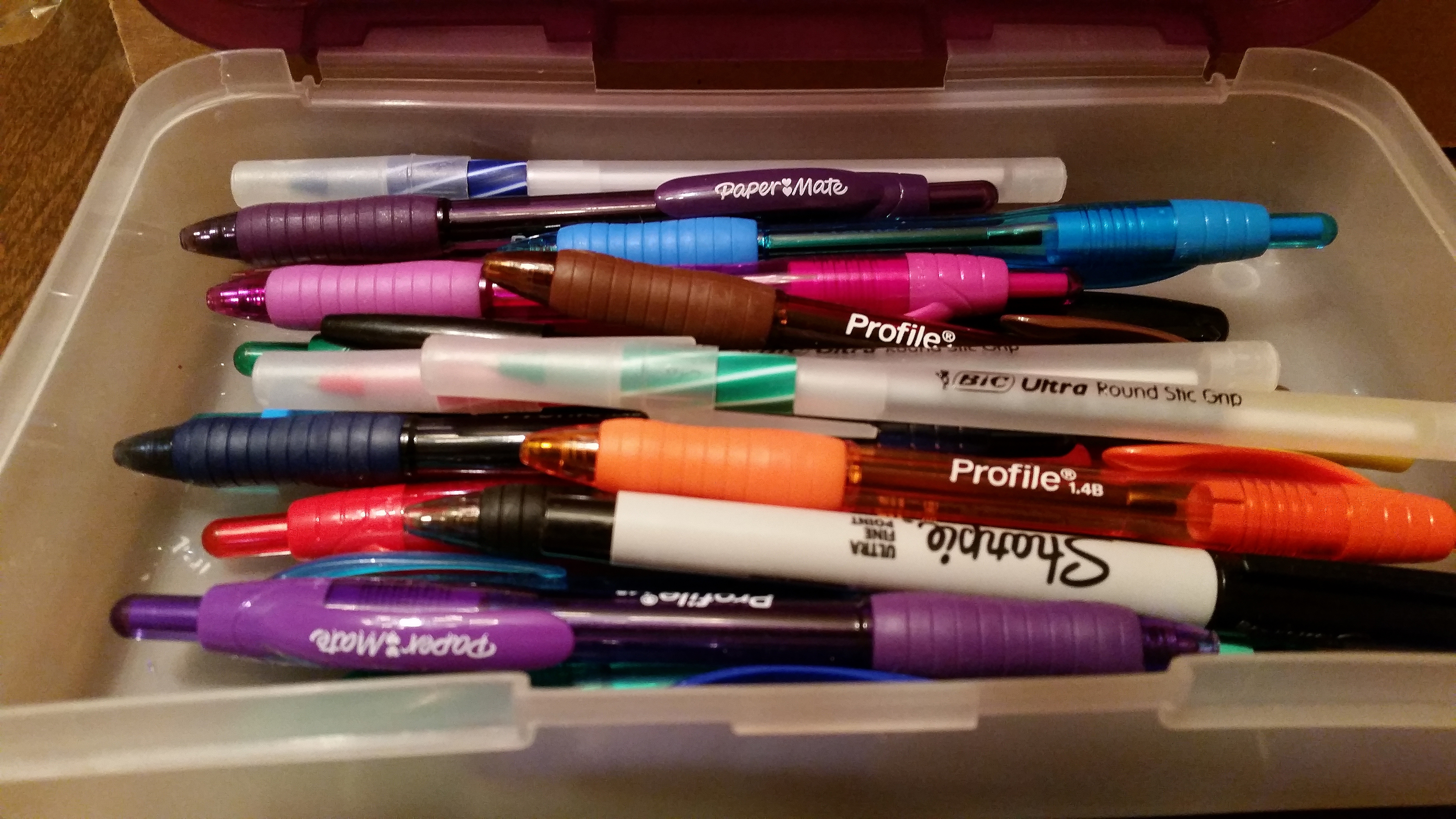
Seamless Self–Editing––Part VIII
As this series draws to a close, here are a couple practical exercises you can do at home to…
February 21, 2017
As this series draws to a close, here are a couple practical exercises you can do at home to…
February 21, 2017We all want our manuscripts to be the best they can be. In the past, we’ve relied on unskilled…
December 22, 2016
Writers write because we love to use words, but let’s face it––even though we say we write for ourselves,…
November 22, 2016
Getting published traditionally is difficult. Small publishers are more likely to accept a manuscript from a previously unpublished author,…
October 28, 2016
Let’s get our manuscript “publish-ready.” Refer to last month’s post for my definition. This time, we’ll look at basic…
September 22, 2016
Last month, we talked about what “publish-ready” means. This time, we’ll look at basic proofreading. Spell check in Microsoft Word or whatever…
August 26, 2016
You hear it more and more these days. [bctt tweet=”Your manuscript must be “publish-ready” in order for it to…
July 8, 2016